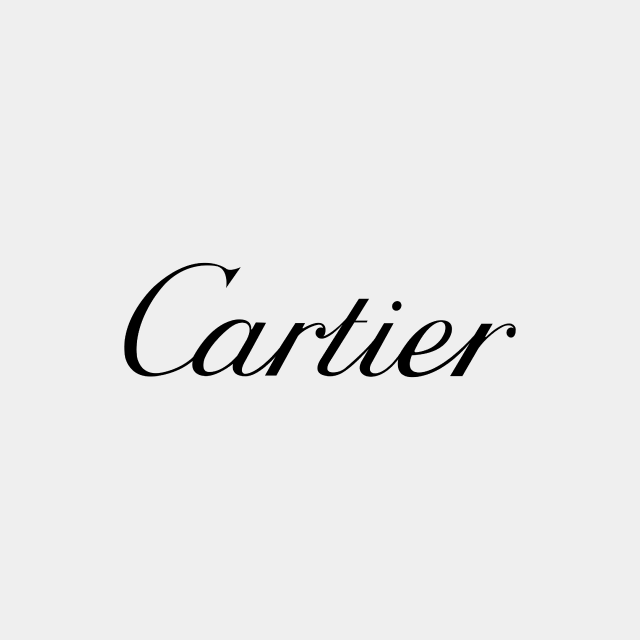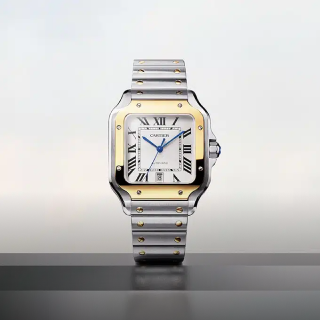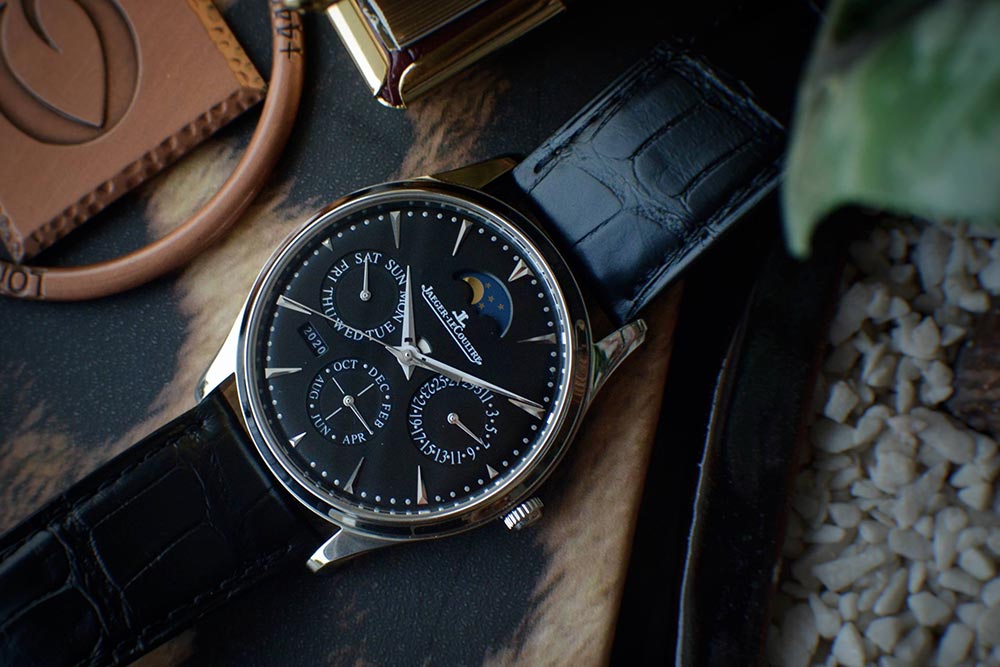A perpetual calendar is though to have begun Edmund Jaeger’s realtionship with the LeCoultre workshop. Their first perpetual calendar was made in 1937. A true perpetual calendar is in mechanical terms is one of the intrinsic functions of what composes a Grand Complication. A particularly important element of a Perpetual Calendar is that it is accurate for centuries to come, a feat one must consider with genuine marvel given that even the current mechanical modules still work off their historic counterparts that were created before CAD designing systems or computers.
In fact Jaeger-LeCoultre’s current Master Ultra Thin Perpetual is powered by their own calibre 868/1, which includes Kurt Klaus’ legendary modular system that allows the entire calendar to be set by a single button on the side of the case as opposed to numerous pushers. With a depth of just 9.2mm, this only further enhances the Ultra Thin title, especially given the complication at hand. Jaeger-LeCoultre’s first wirst watch incorporating a Pereptual Calendar was the Grand Reveil delivered in 1989 becoming the parent to all the calendar models that have followed – and there have been some incredible creations.
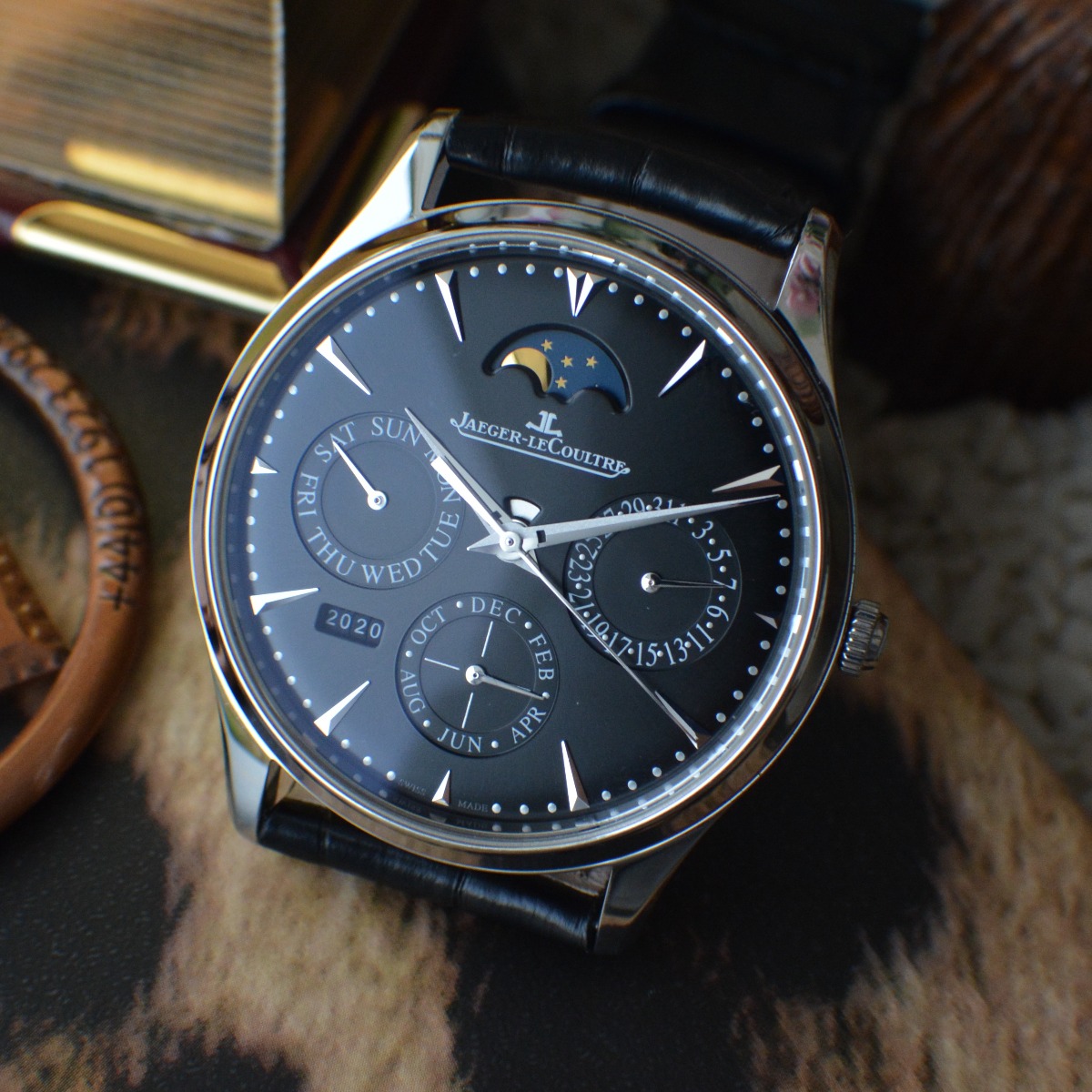
So, what seperates Jaeger-LeCoultre’s Perpetual from its peers? Affectionately known as The Grand Maison, the brand has always made a point of not just offering complications but ensuring there is constant innovation & evolution. The current Perpetual is no different. A nod to to Kurt Klaus, this model also uses a four digit year display as seen on the famous IWC Portugieser version of the same. By showing a year display, it removes the requirement for a leap year indicator. A moon phase correct to 122 years is at 12 o’clock while the usual day, date & month sub dials fulfil the rest of the layout.
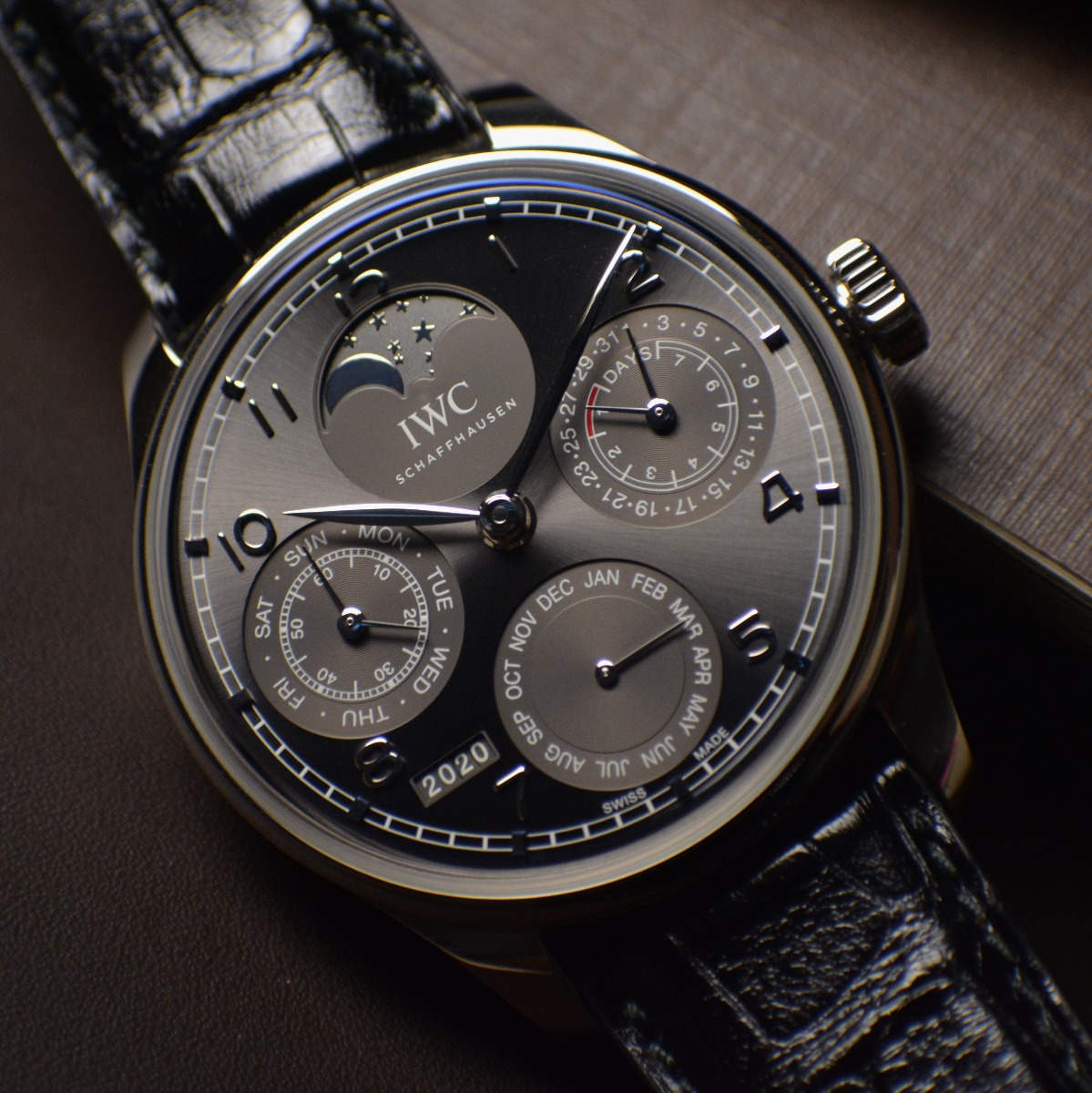
However, some point to Jaeger-LeCoultre’s Perpetual as not being a true perpetual as it will require adjustment in 2100 to continue good working. This issue is answered simply enough by the putting the focus of accuracy over all else. The Gregorian calendar that we use and is set out in this calendar requires a leap year to be added every four years to allow for the exess time that is left over once a year is evenly broken down into days & months.
The maths to allow for this however does not create a perfect result therefore a leap year actually does not happen at certain times as the excess time does not allow the addition of another day. The times when a leap year does not allow for an additional day in February are years that not divislbe by 400. The next year this applies is 2100 where on February 28th, the date hand sub dial will jump to February 29th, not March 1st. At this point, a watchmaker will need to adjust the movement.

A final innovation that is easily missed must be highlighted. When a calendar model is this complicated, it is very easy to cause damage to the mechanism when adjusting the calendar, especially if it has not been worn for some time. In this model, just above the central part of the hands under the logo is a small aperture that changes colour to signify the time between 10pm & 2am when it is dangerous to set the calendar. A small addition but one that shows they genuinely have the end user in mind.
This just shows how much technological know how goes into creating this little marvels. Offered in steel as shown above as well as precious metals, the Jaeger-LeCoultre Master Pereptual is a wonderful example of this particular complication delivered by a Grand Marque specifically at a very value based position for aficionados & new fans alike. Discover this model with us today here or contact us with any further questions or inquiries.
———————————————————————————————-
Model details:
Ref: Q1308470 – RRP £18,400.00 inc VAT

